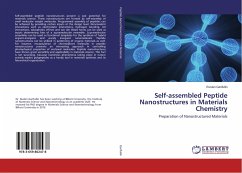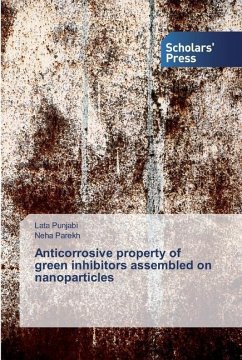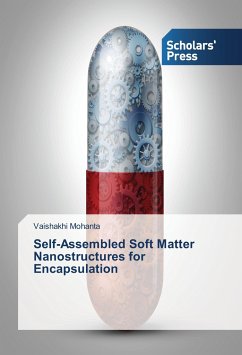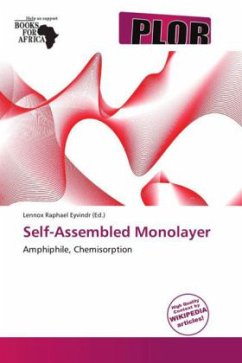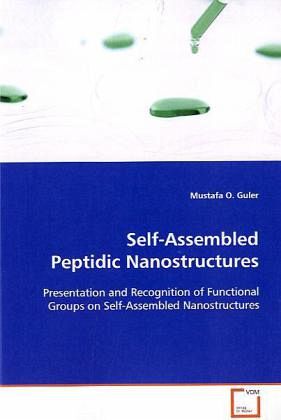
Self-Assembled Peptidic Nanostructures
Presentation and Recognition of Functional Groups on Self-Assembled Nanostructures
Versandkostenfrei!
Versandfertig in 6-10 Tagen
39,99 €
inkl. MwSt.

PAYBACK Punkte
20 °P sammeln!
Molecular recognition in biology requires appropriate conformational presentation of ligands and receptor binding sites. There has been great interest in design of materials with biological epitopes that can induce cellular events important in tissue regeneration. The use of self-assembly is particularly attractive because it can allow biomolecular scaffold formation in situ by delivering liquids containing the self-assembling molecules to a target tissue site. This book explores self-assembling peptide amphiphiles (PA) with various functional groups that assemble to form nanofiber networks in...
Molecular recognition in biology requires appropriate
conformational presentation of ligands and receptor
binding sites. There has been great interest in
design of materials with biological epitopes that can
induce cellular events important in tissue
regeneration. The use of self-assembly is
particularly attractive because it can allow
biomolecular scaffold formation in situ by delivering
liquids containing the self-assembling molecules to a target tissue site. This book explores self-
assembling peptide amphiphiles (PA) with various
functional groups that assemble to form nanofiber
networks in physiological media. The PA molecules
were designed with a branched architecture to enhance
recognition of bioactive epitopes on the surfaces of
nanofibers. Biotinylated model branched PA systems
for recognition of biotin by avidin on the periphery
of the nanofibers were studied and the branched
architecture enhanced the recognition of biotin by
avidin possibly by changing the packing density of
molecules in the nanofibers. Various PA molecules
were synthesized with branched architectures for
enhanced recognition of biological signals for
cellular adhesion.
conformational presentation of ligands and receptor
binding sites. There has been great interest in
design of materials with biological epitopes that can
induce cellular events important in tissue
regeneration. The use of self-assembly is
particularly attractive because it can allow
biomolecular scaffold formation in situ by delivering
liquids containing the self-assembling molecules to a target tissue site. This book explores self-
assembling peptide amphiphiles (PA) with various
functional groups that assemble to form nanofiber
networks in physiological media. The PA molecules
were designed with a branched architecture to enhance
recognition of bioactive epitopes on the surfaces of
nanofibers. Biotinylated model branched PA systems
for recognition of biotin by avidin on the periphery
of the nanofibers were studied and the branched
architecture enhanced the recognition of biotin by
avidin possibly by changing the packing density of
molecules in the nanofibers. Various PA molecules
were synthesized with branched architectures for
enhanced recognition of biological signals for
cellular adhesion.





